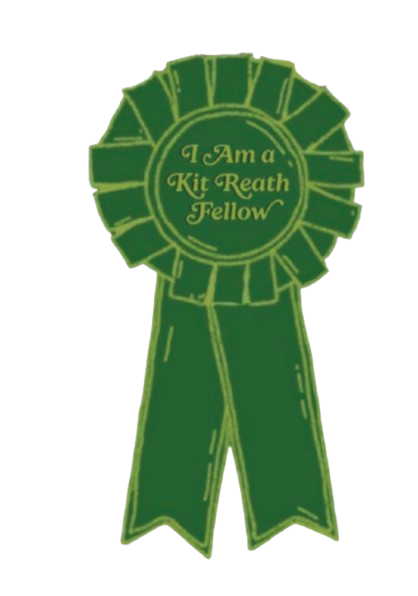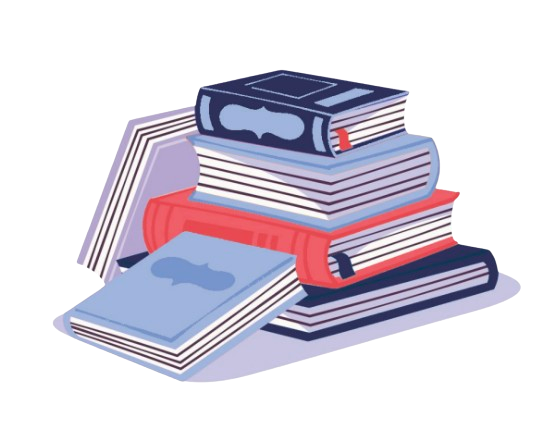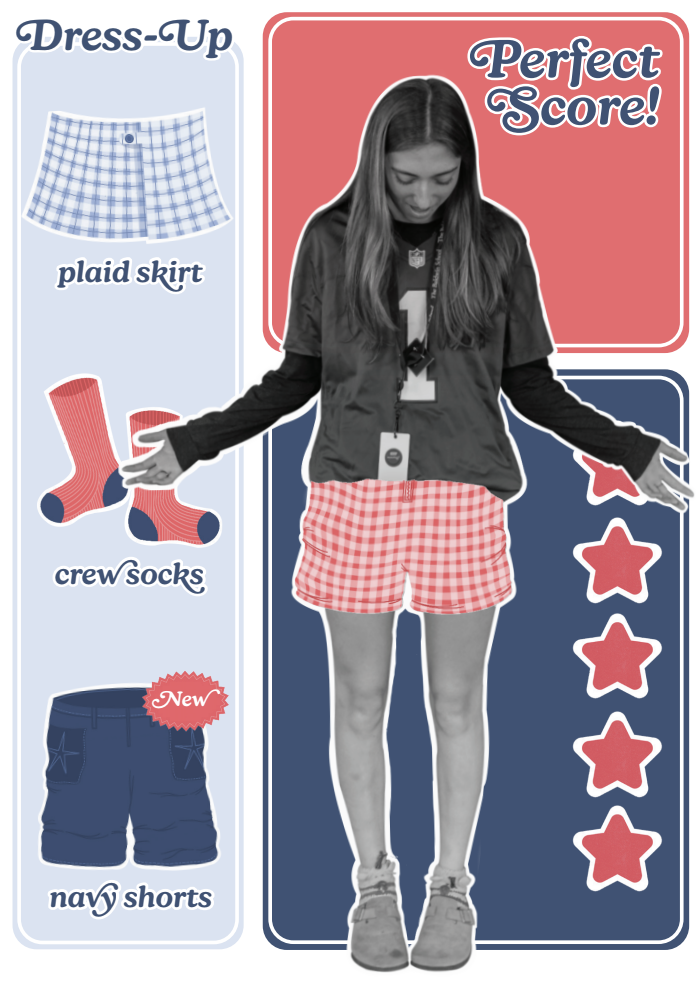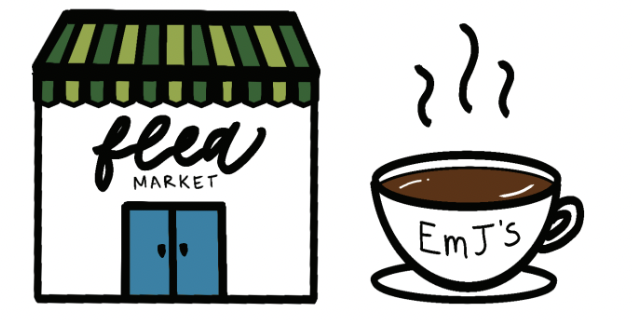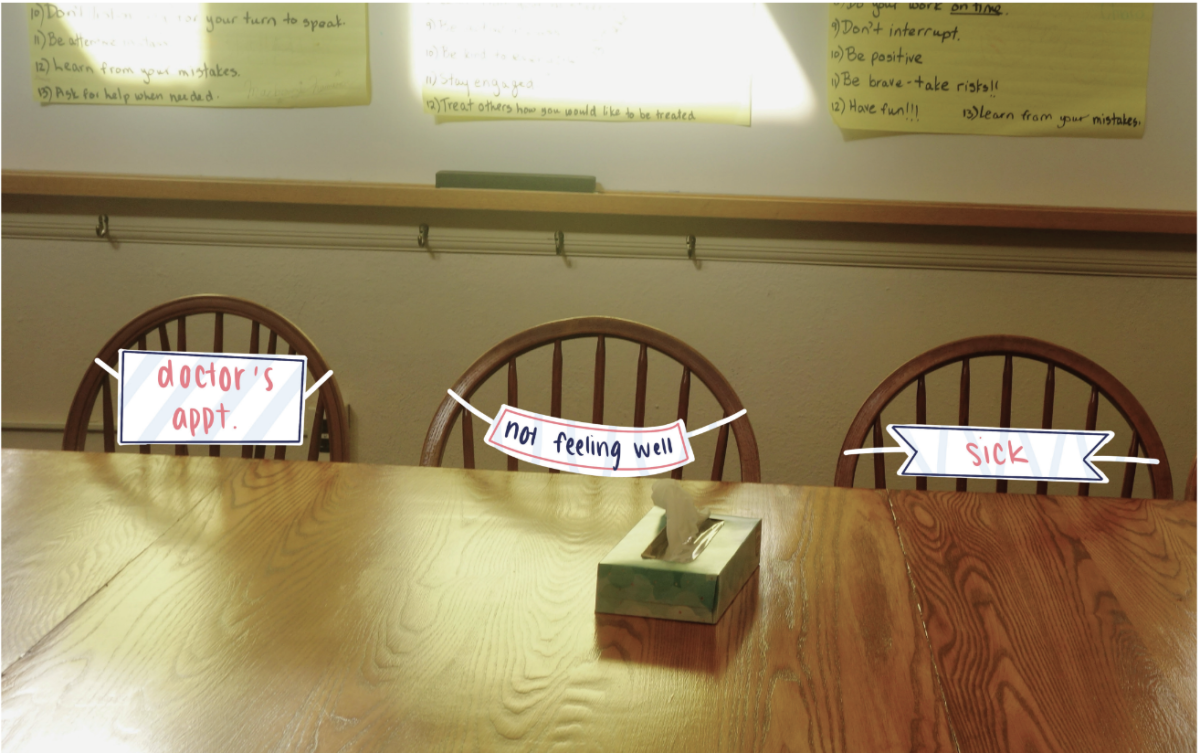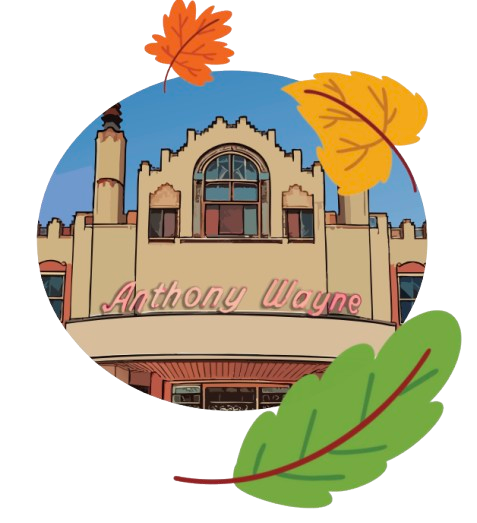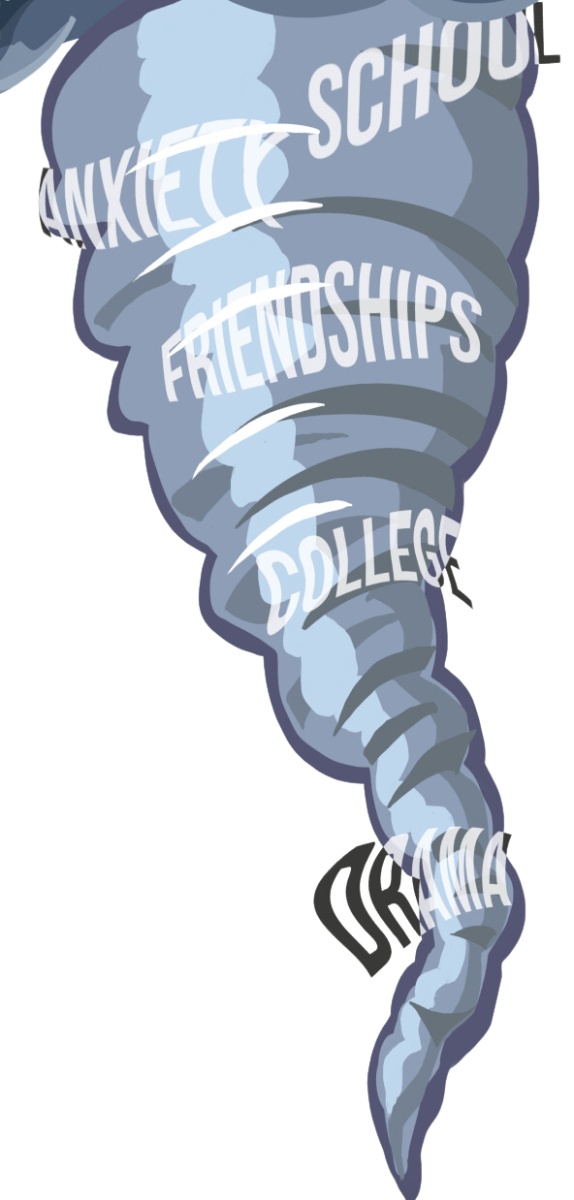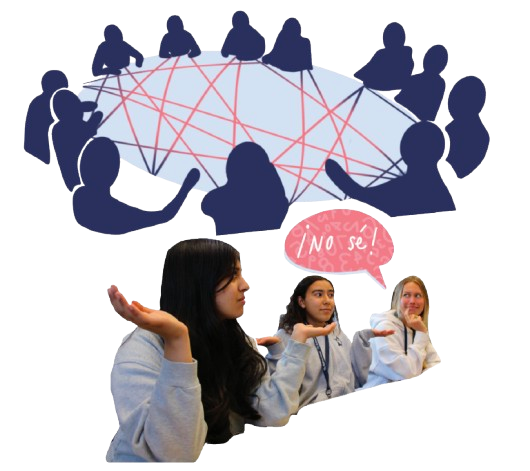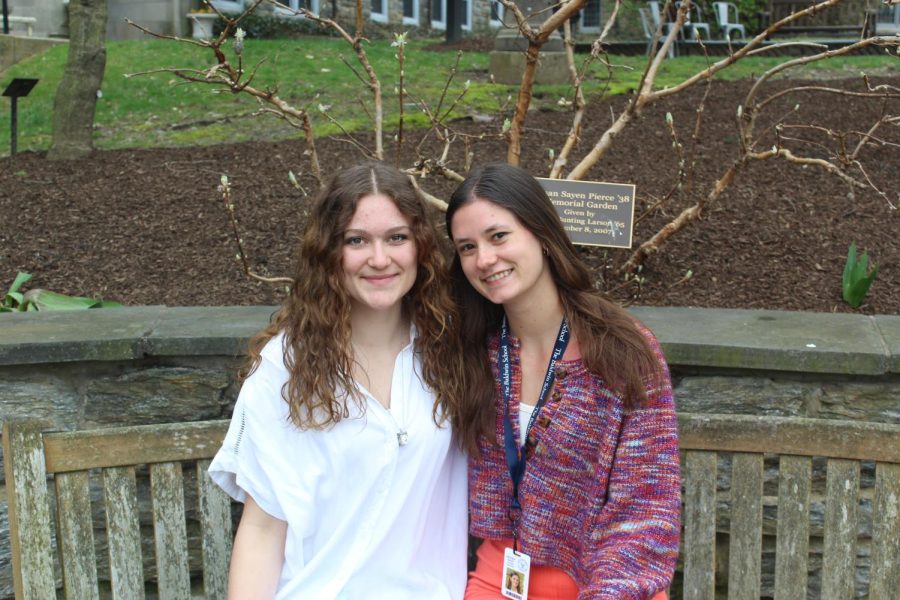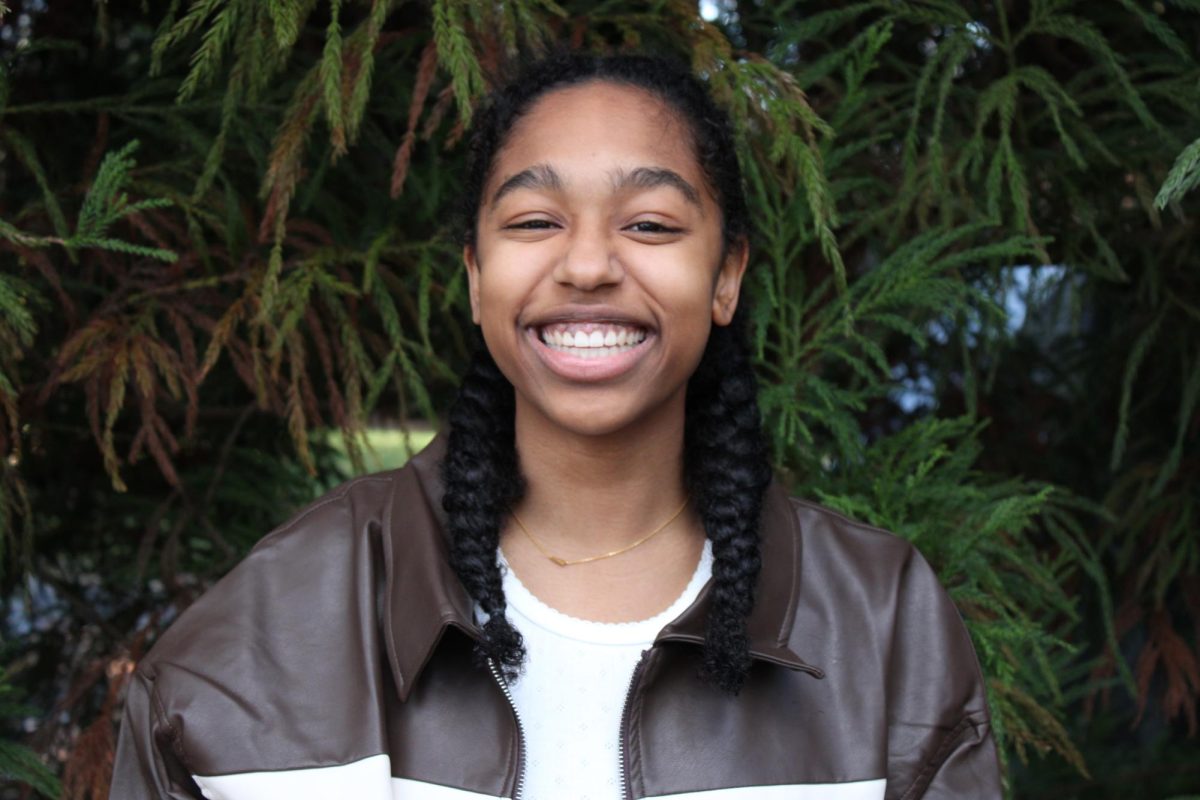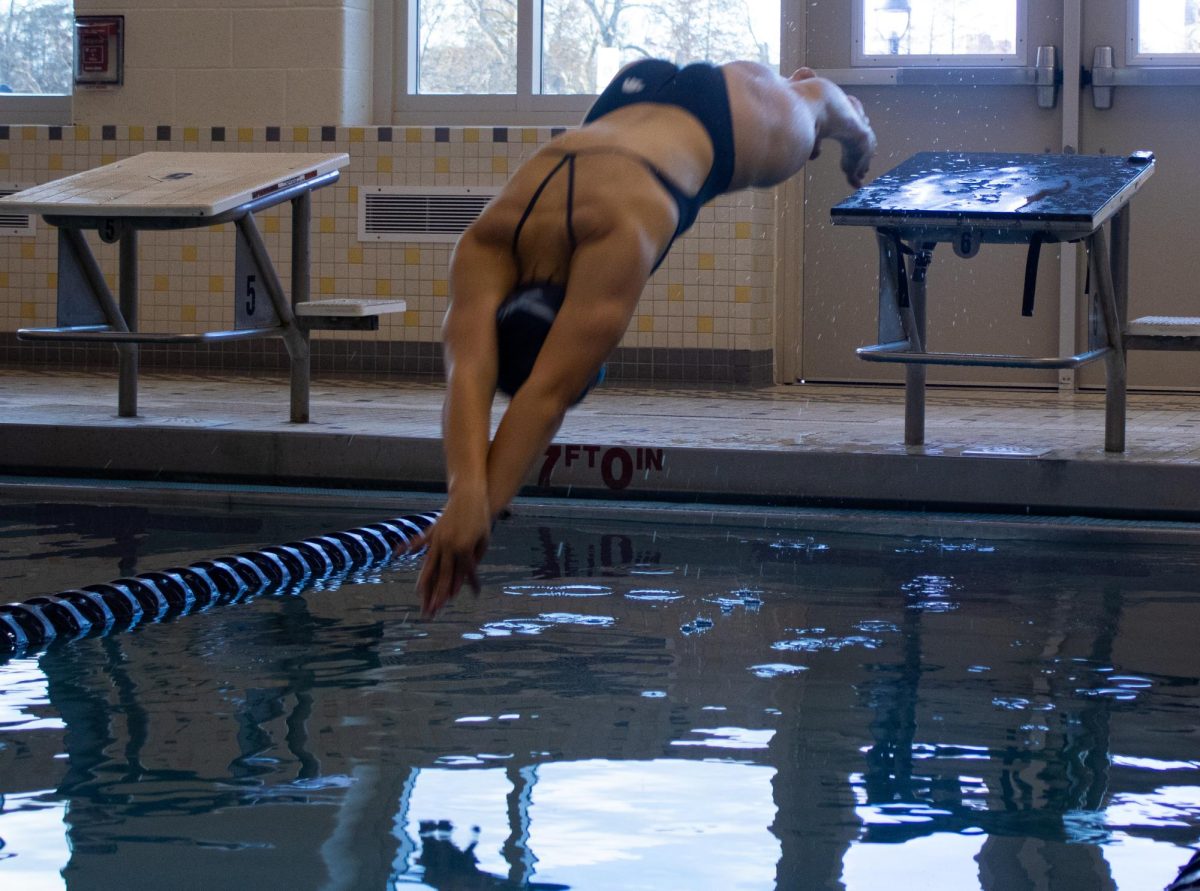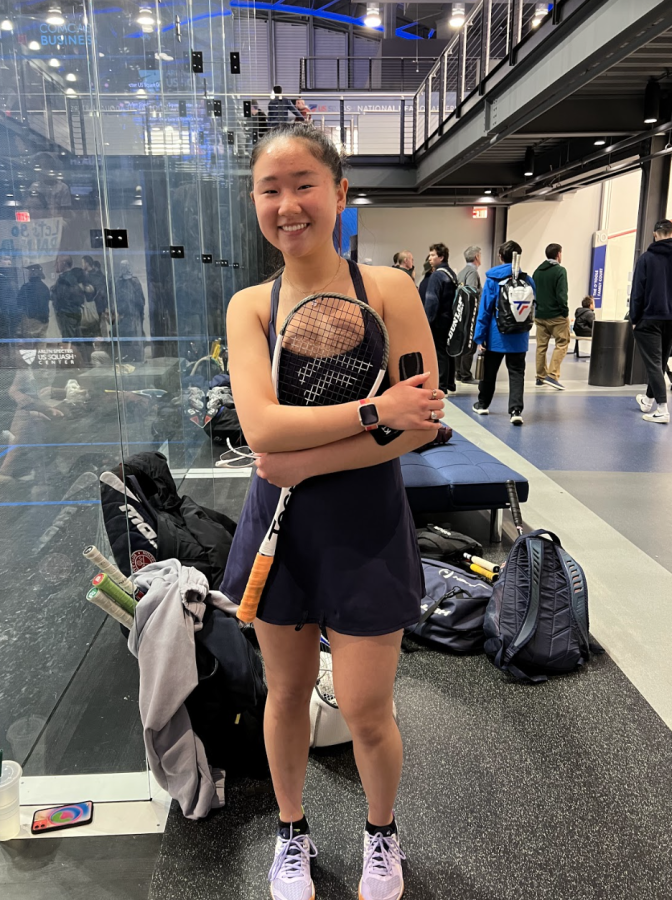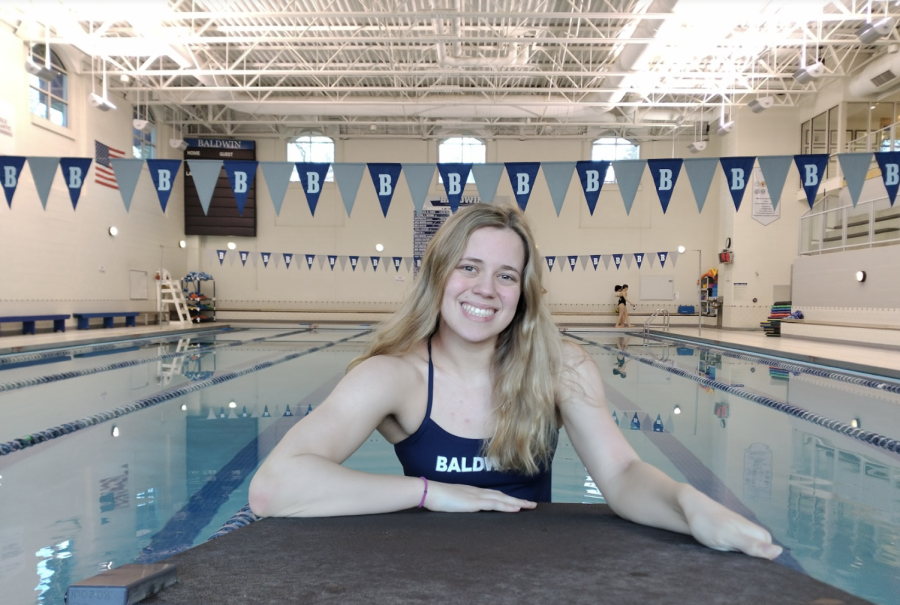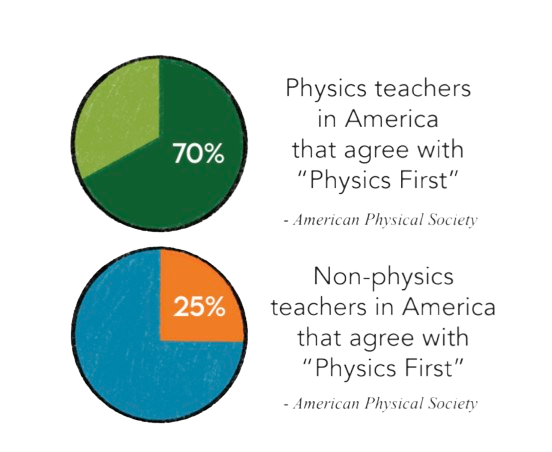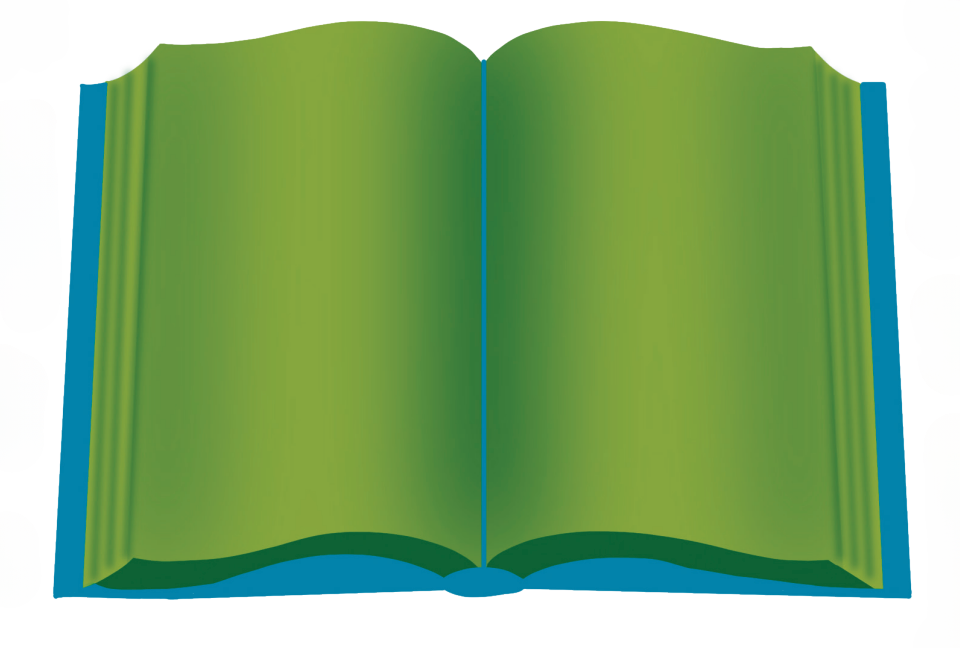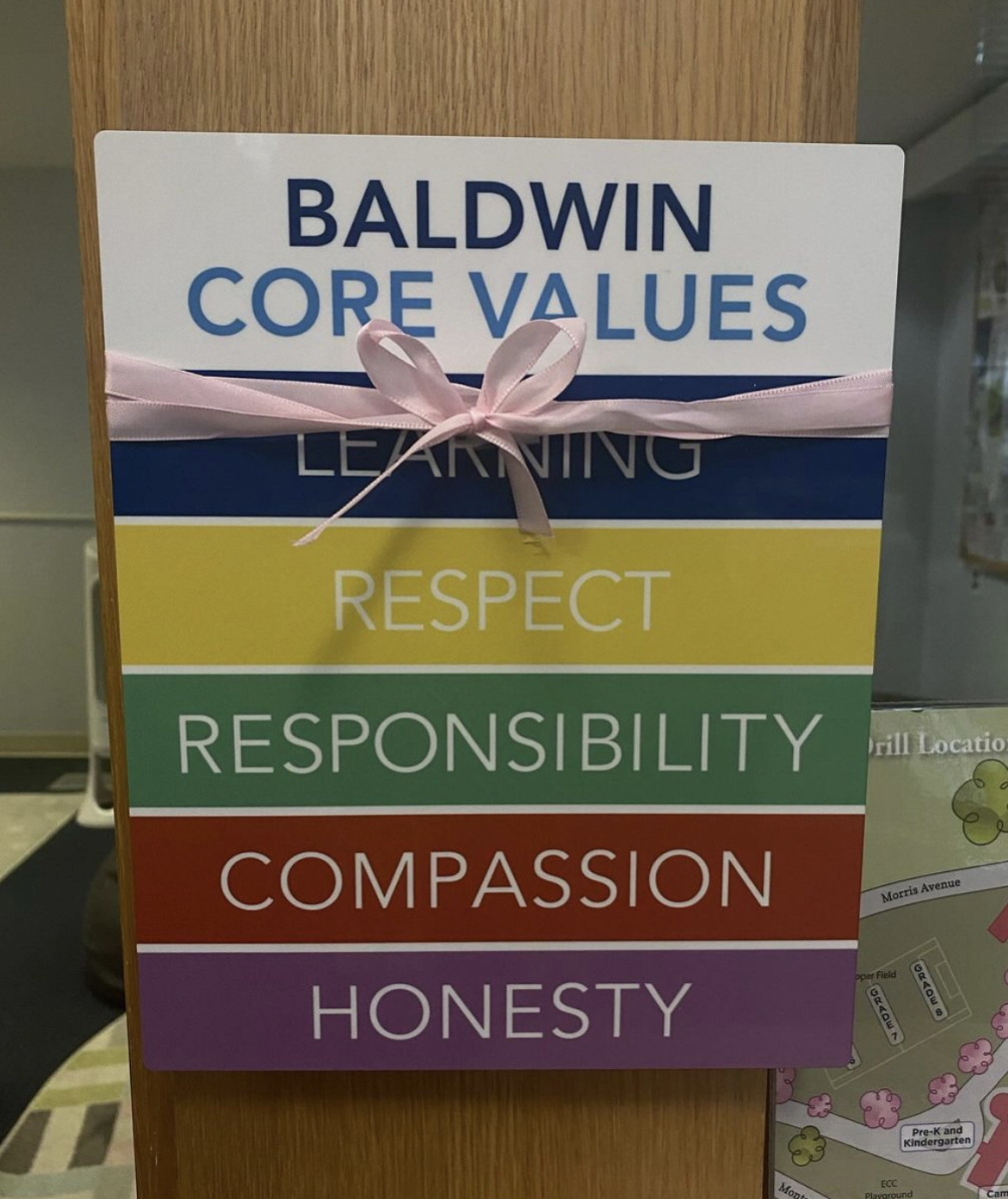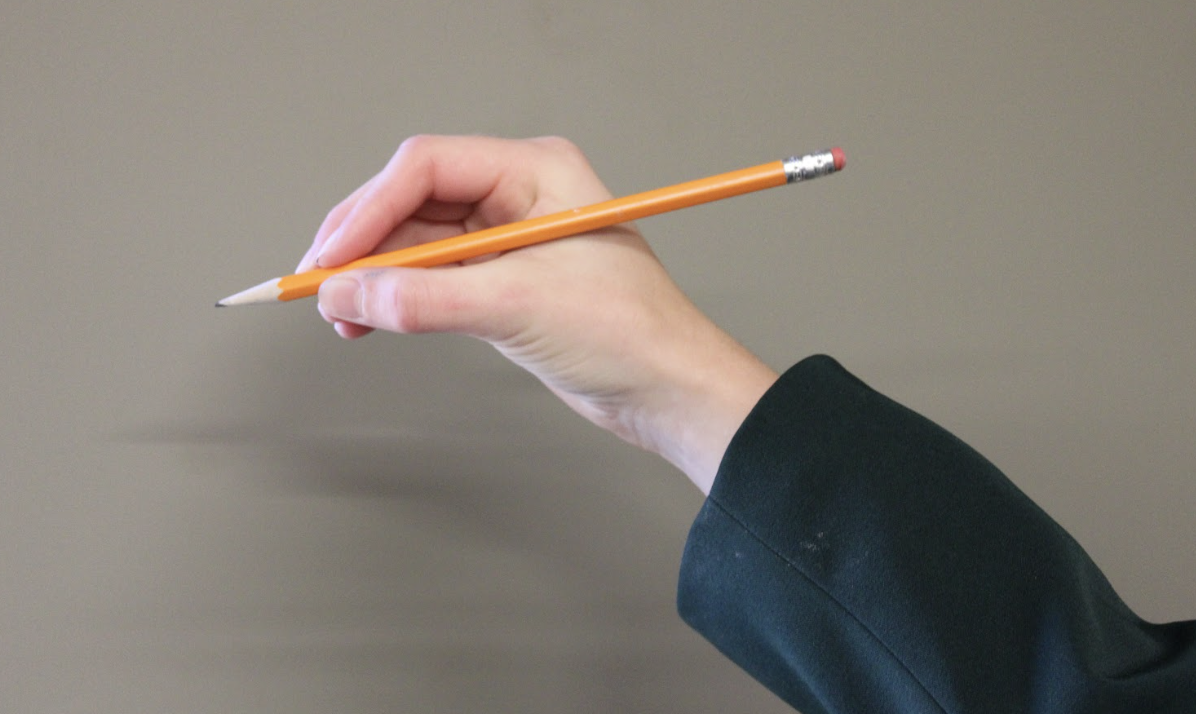As I was cleaning my room one Sunday morning, I stumbled upon an old shoe box filled with letters. Inside the pastel-colored envelopes were birthday cards, Bat Mitzvah invitations, and even a congratulatory letter announcing my acceptance to The Baldwin School. These physical remnants of the past unearthed precious memories long buried in the back of my mind.
This unexpected discovery prompted me to ask the question: what significance do physical objects hold in our lives?
For some, the habit of collecting serves as a way to preserve memories. Melina Intzes ‘26 collects Norwegian trolls, a passion she developed after learning about trolls in the TV show Community. She recalls purchasing her first troll in a Scandinavian store during a family trip.
“They are very nostalgic for me,” Intzes said. “They symbolize my love of that TV show and the emotional connections I formed with my family during that trip.”
Intzes added that the trolls embody her love for languages — she even began learning Norwegian after her collecting habit took root.
Intzes said collectors want to hold onto memories, similar to photographers snapping an image.
“They want to capture fleeting moments in their life that represent their curiosity and interest,” Intzes said.
It’s true — in our increasingly restless and scattered lives, the simple act of amassing objects holds meaning beyond the tangible: these objects are timeless vestiges of our identity.
Ms. Maia Hajj, the Upper School librarian, collects copies of her favorite book, Jane Eyre. To her, collecting is a means of personal reflection.
She cites her affinity for Victorian literature and Gothic mysteries as the reason she was drawn to the book as a teenager. Now, having returned to Jane Eyre throughout her adult life, she recognizes parallels between Jane’s emotional narrative and her own.
“I think I related to Jane Eyre in the sense that she feels like an outsider. As a student in high school, I shared those same feelings,” Ms. Hajj said.
She reminisced upon getting her first copy at her local library, a vintage edition that inspired her fascination with old books.
“I think there’s something about not only the story but the packaging of the book itself that I fell in love with,” she said. “This particular edition had double columns and lovely carvings that made it feel [unique].”
Hajj also kept her annotated copy of Jane Eyre from college.
“Every copy brings something different,” she said. “I feel that having the physical item grounds my memories with that book.”
For others, collecting is an avenue for social connection. Lyla Mason ‘26 collects Lego flower bouquets, which she frequently receives for birthdays and big celebrations.
“My friends and I love to build them together. Since they take a bit of time to assemble, they make for really good hangouts and conversations,” she said.
Mason also collects Calico Critters, animal statuettes that inhabit mini townhouses, amusement parks, flower shops, and other locations.
“I think they really liven up my room. I love waking up every morning and seeing my little flower shop with a cat holding a bouquet,” Mason said.
Although Mason said she is unsure if her collection will continue to grow in the future, Mason plans on bringing her Critters to college and incorporating them into her dorm.
“They will most definitely be nostalgic for me,” she said. “I don’t think I’ll ever stop loving them.”
Sophia Chen ‘26, the Junior Creative Director for the Hourglass, believes collecting allows people to showcase their personalities. She collects Smiskis, a brand of Japanese figurines, and fills her room with the glowing green men.
“Every Smiski has a different pose. It’s fun to place them around my room,” Chen said.
Chen, who pays for her Smiskis with money from her summer job, finds happiness and satisfaction in purchasing these items.
“The blind box element is intriguing to me. You never know which one you’re going to get, so it’s always fun when you rip open the box and see a different figure every time,” Chen said. “I think it’s nice to cultivate something of your own.”
Carolina Cuevas ‘28, an avid wig collector, agrees with this sentiment. Cuevas has a collection of seven wigs, ranging from a long white wig with wispy bangs, a yellow bob, an American flag wig, to not one, but two Sue Sylvester pixie cut wigs.
“I collect them because I like to go all out for spirit weeks,” Cuevas said. “I’m a pretty extroverted person, and so in a sense, [these wigs] reflect who I am.”
For Olivia Stankiewicz-Goldsmith ‘25, collecting helps her document her growth as an athlete. She collects cross-country tags, which she receives at the end of every meet. At her first meet in sixth grade, Stankiewicz received her first tag, a simple sticker. Six years later, after her last PAISAAs meet this fall season, she added her newest tag to the collection — a high-tech one, containing an embedded tracking chip.
“I can really cherish my memories and the growth that I’ve had,” Stankiewicz-Goldsmith said. “It’s very meaningful to see my progression and to look back and say, ‘that little girl that started cross country, she would be proud.’”
As the world becomes increasingly digitized, preserving physical relics of our identity — no matter how trivial they may seem — becomes a meaningful way to protect the authenticity and connection at the core of our existence.
“People find comfort in consistency,” Mason said.
The act of collecting offers a sense of security amidst the uncertainty of life.
Decades into the future, I might re-discover my shoe box of letters in a dusty corner of my parents’ attic. As I sift through these childhood mementos, protected from the frenzy of a virtual world, I will remember the stories that inevitably fade as we grow older and our lives become more complex. Whether it’s vintage books, Lego flower bouquets, or tokens of an athletic journey, these objects serve as reminders of our personal narratives — a memoir told through things.

